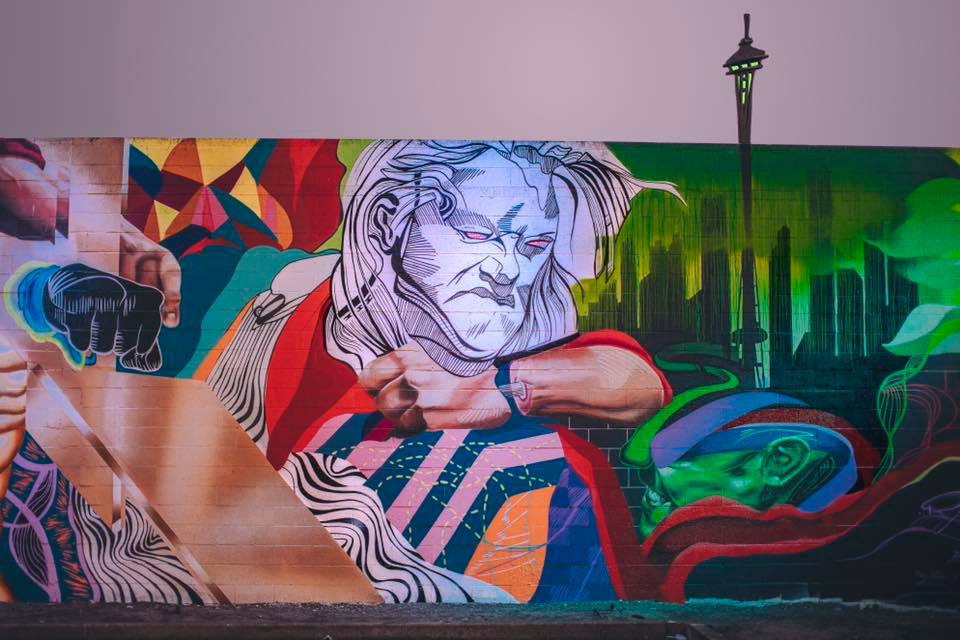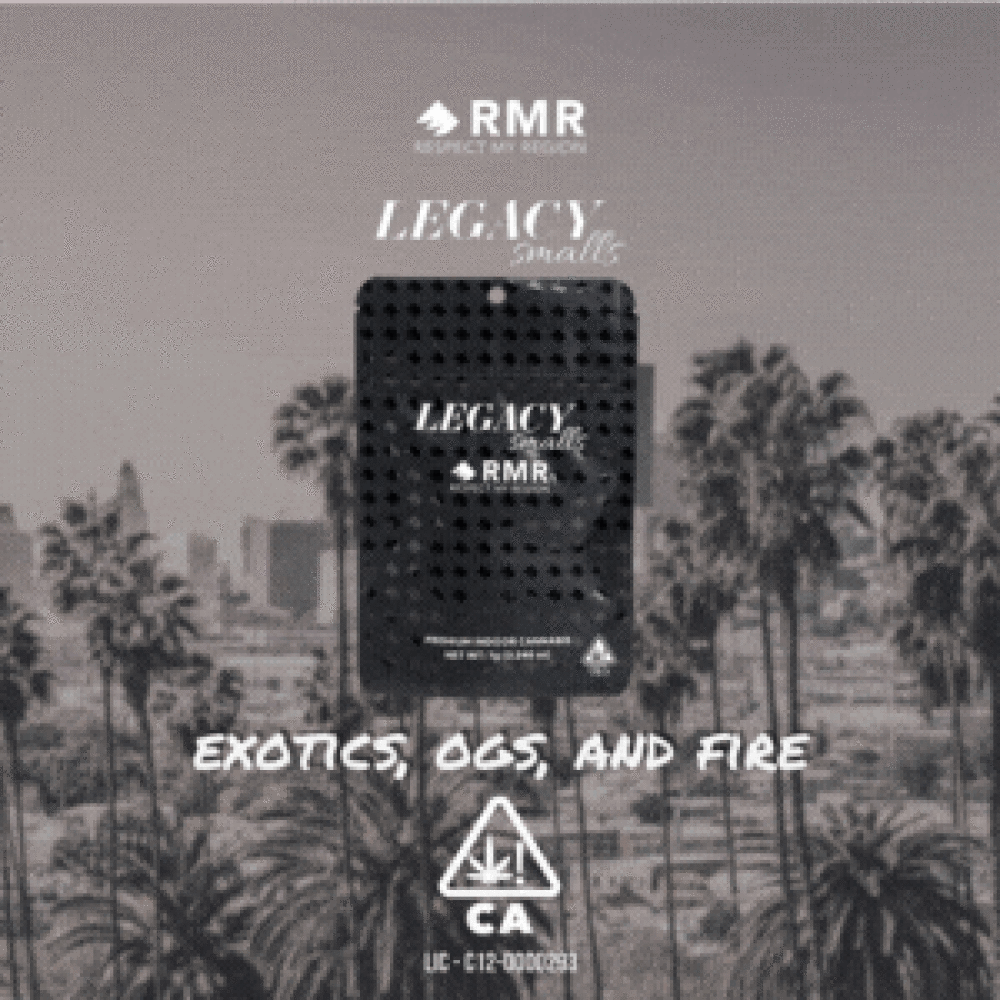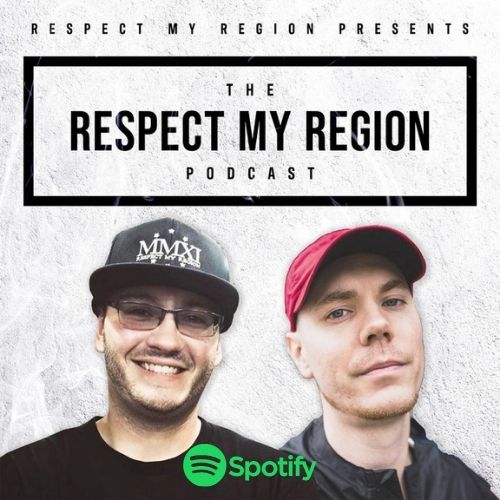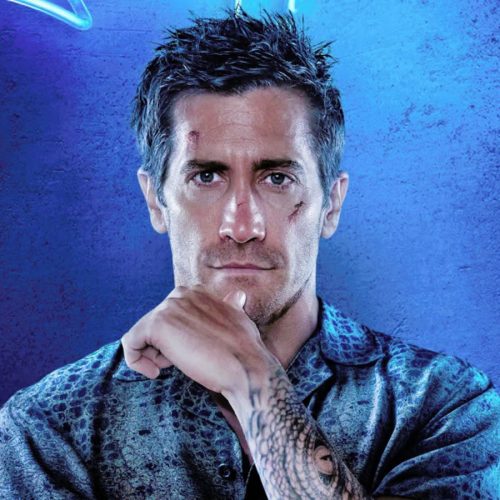Today it’s hard to imagine a world without hip-hop. Rap music has been dominating the charts since the mid-nineties and it’s only achieving popularity with every passing year. What started as a local hobby has become one of the world’s biggest subcultures connecting hip-hop heads all across the globe through one of the Five Elements. The question is, how did it get so big in such little time? Hip-hop is no longer a niche subculture, it’s pop culture and it’s here to stay.
Graffiti culture is the odd child of the Five Elements. Contrary to popular belief, many graffiti historians will point to Cornbread from Philly as the father of modern day graff. However, most people know about graffiti because of New York. Cornbread might have been the true OG but NYC introduced it to the rest of the world. Graffiti culture has gone a long way from home made mops to a wide selection of Molotow markers in every color imaginable.
One of the biggest contributors to the spread of graffiti and hip-hop culture abroad was the “Style Wars” documentary by Henry Chalfant. Many would consider this as the bible of graffiti and early hip-hop in general. This is a cult classic documentary that very accurately depicts the beauty and sometimes darkness of the subway graffiti scene in the 80’s in NYC.
Right around the same time, on the other side of the city, RUN DMC had recorded the hit “Run This Way” with the legendary Aerosmith and the rest is history. It took roughly a decade, but hip-hop was spreading like wildfire and there was nothing that could put out the flames.
In the early nineties, graffiti and rap music started to drift away from the limelight. The train era was coming to an end while rap was blowing up out of proportion with records selling in the millions across the world. The illegal nature of graffiti always kept it primarily an underground culture where the participants are always anonymous, letting their work speak for themselves on the streets.
https://www.facebook.com/Bombingscience/videos/10156139179168092/
The true catalyst that catapulted graffiti to the mainstream is the internet. It allows people to show off their work not only live on the street but to millions of graffiti heads all over the world. People have produced legendary movies like Dirty Hands and as well as produced murals and works of art that blew the minds of people who normally would frown on this subculture. Artists like Banksy really pushed the whole street art movement as a whole to the masses in a major way.
Today, you can find a graffiti jam or mural festival in most major western cities and beyond. A lot of places have embraced this form of art, even allowing people to produce their own work in designated areas. There are graffiti specific markers, paint, clothing brands, a vast ray of books, magazines, and an endless amount of video footage of writers painting in any style imaginable.
Writers now work in big design studios, marketing firms, and some make a full-time living from selling art and commissioning murals and other work. We went from the dingy train yards in the seventies to the auction house where works of graffiti art now sell for millions. All done with a simple spray can, some skill, and a lot of balls. The ride wasn’t easy, but we made it!

FOR MORE UPDATES ON GRAFFITI CULTURE, VISIT BOMBINGSCIENCE.COM AND FOLLOW RESPECT MY REGION ON FACEBOOK & TWITTER.
TO HAVE A STORY FEATURED OR YOUR BRAND OR PRODUCTS REVIEWED, PLEASE EMAIL US.









